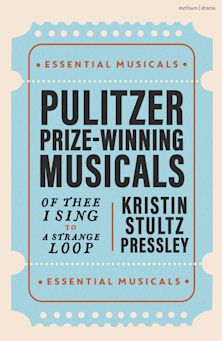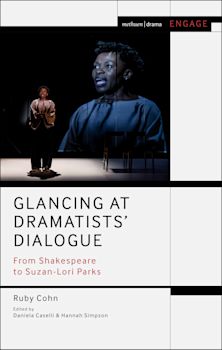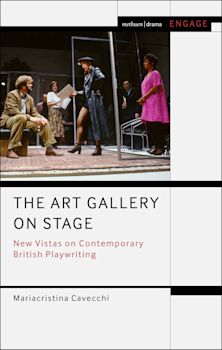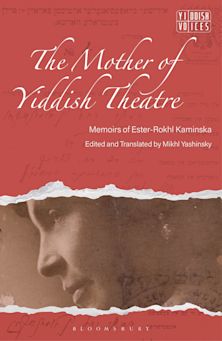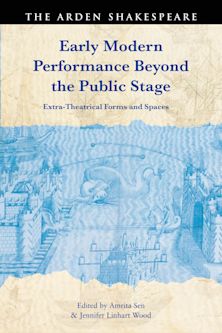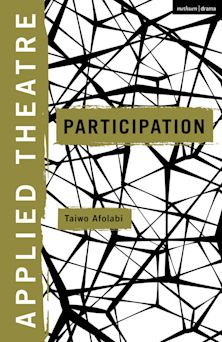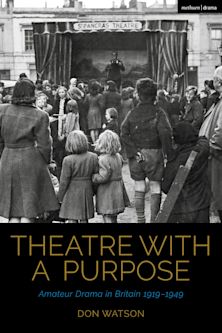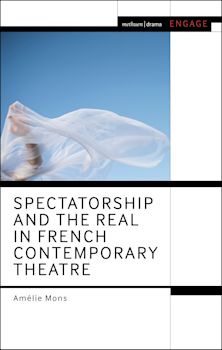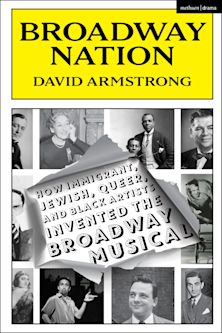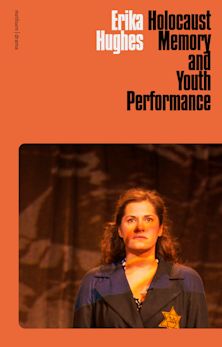The Theatre of D.H. Lawrence
Dramatic Modernist and Theatrical Innovator
The Theatre of D.H. Lawrence
Dramatic Modernist and Theatrical Innovator
Description
This is the first major book-length study for four decades to examine the plays written by D. H. Lawrence, and the first ever book to give an in-depth analysis of Lawrence's interaction with the theatre industry during the early twentieth century. It connects and examines his performance texts, and explores his reaction to a wide-range of theatre (from the sensation dramas of working-class Eastwood to the ritual performances of the Pueblo people) in order to explain Lawrence's contribution to modern drama.
F. R. Leavis influentially labelled the writer 'D. H. Lawrence: Novelist'. But this book foregrounds Lawrence's career as a playwright, exploring unfamiliar contexts and manuscripts, and drawing particular attention to his three most successful works: The Widowing of Mrs Holroyd, The Daughter-in-Law, and A Collier's Friday Night. It examines how Lawrence's novels are suffused with theatrical thinking, revealing how Lawrence's fictions – from his first published work to the last story that he wrote before his death – continually take inspiration from the playhouse.
The book also argues that, although Lawrence has sometimes been dismissed as a restrictively naturalistic stage writer, his overall oeuvre shows a consistent concern with theatrical experiment, and manifests affinities with the dramatic thinking of modernist figures including Brecht, Artaud, and Joyce. In a final section, the book includes contributions from influential theatre-makers who have taken their own cue from Lawrence's work, and who have created original work that consciously follows Lawrence in making working-class life central to the public forum of the theatre stage.
Table of Contents
Foreword by Sir Richard Eyre
Synopsis
Introduction. The Significance of Lawrence's Plays: Shifts in Reputation from 1930 to 2014
Chapter 1. Writing Lawrence's Plays: Becoming a Dramatist, 1885 to 1910
Chapter 2. The Frustration of Staging: Dramatic Struggles, 1911 to 1930
Chapter 3. The Drama of Lawrence's Prose Fiction: the Playwright as Novelist
Chapter 4. Lawrence's Theatrical Development: Realist and Experimentalist Crosscurrents
Chapter 5. A Director's Perspective: Peter Gill, in Conversation with James Moran
Chapter 6. A Playwright's Perspective: Stephen Lowe
Chapter 7. A Screenwriter's Perspective: William Ivory
Chapter 8. A Postcolonial Perspective: Soudabeh Ananisarab
Conclusion
Appendix: Timeline
Endnotes
Bibliography
Index
Product details

| Published | 19 Nov 2015 |
|---|---|
| Format | Ebook (Epub & Mobi) |
| Edition | 1st |
| Extent | 264 |
| ISBN | 9781472570390 |
| Imprint | Methuen Drama |
| Series | Critical Companions |
| Publisher | Bloomsbury Publishing |
Reviews

ONLINE RESOURCES
Bloomsbury Collections
This book is available on Bloomsbury Collections where your library has access.

























